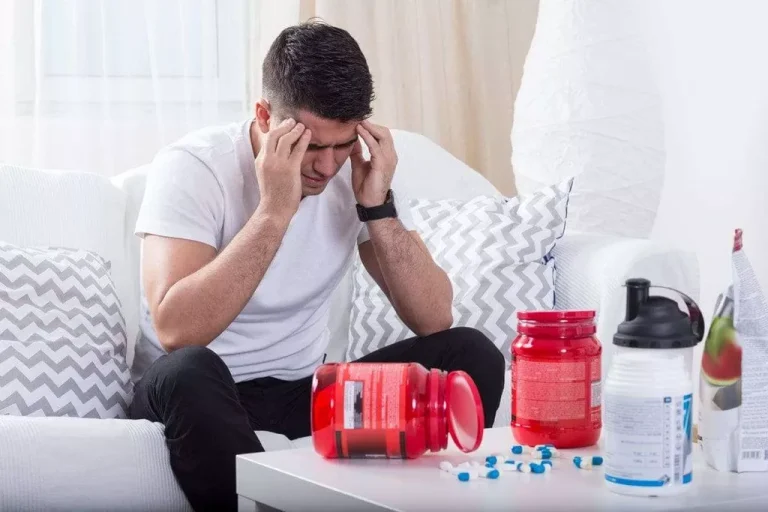
There is very little government assistance offered on finding a good sober living home. However, a therapist or even a family doctor should have resources that can put someone in touch with these facilities. Even though you might not want anyone to know that you were in drug treatment. It is important to let at least one friend or family member where you are going. Explore the amenities offered to ensure a comfortable and holistic living environment that supports your physical, mental, and emotional well-being. Peer support is always critical for recovery, but the initial weeks, months, and years of sobriety are usually the most vulnerable.
Trauma-Informed Care in Addiction Treatment
Each sober living home will have its own policy regarding visitors and guests. Residents are generally required to follow guidelines related to visitation hours, guest registration, and ensuring that visitors do not disrupt the recovery-focused atmosphere of the home. Residents are expected to attend house meetings, which provide an opportunity for open communication, support, and addressing any concerns or issues within the home. Some are luxurious, offering residents an opulent home to live in and a wide variety of options to choose from. Others are more like homeless shelters, with residents who come and go regularly, and they may lack a communal spirit that is key to an addict’s recovery over the long term. There is no limited amount of time as to how long you can reside in a sobriety house.
How Long Should You Stay in a Sober House?
- Together, they will face the challenges and struggles and provide support for one another to overcome obstacles along the way.
- Therefore, many sober living homes offer no restriction on how long a resident may stay.
- To join a sober living home while working full-time, you can communicate your job commitments during admission to ensure the house accommodates your needs.
- But people who do choose sober living houses must abide by certain rules.
- Residents must earn privileges by following house rules and completing program objectives.
Another study published in the same journal suggested that sober living homes can provide a supportive environment that helps individuals in recovery maintain sobriety and improve their overall quality of life. A supportive and structured environment is a cornerstone of the success of sober living houses. While some sober living homes may incorporate evidence-based therapies and holistic approaches, the primary emphasis is fostering a community prioritizing healing and well-being. Inpatient residential treatment programs typically provide a structured and intensive treatment environment where clients live full-time, receiving constant medical https://ecosoberhouse.com/ care and therapy.
How to Find a Sober Living Facility or Sober House
In many cases, however, returning to the same living arrangements is not a good idea. Valley Spring Recovery Center offers comprehensive addiction and mental health treatment services. Contact our admissions team, available 24/7, to start your journey towards recovery.


Many sober living homes encourage residents to engage in employment, educational Oxford House pursuits, or volunteer work. Residents are typically expected to actively seek employment or engage in activities that contribute to their personal growth and self-sufficiency. Health among these different areas is addressed using various resources available through sober living houses. For example, you may be introduced to techniques like journaling or meditation to improve your spiritual health. Furthermore, when residents ultimately do decide to leave their sober living home, they receive a huge amount of support in the process.

Once residents enter the home, they must stay there in order to feel the real benefits that these homes can provide. Moving from home to home while trying to find the place with the best fit could prove disastrous for the addict’s long-term recovery chances. It pays to do the research ahead of time and make sure the facility is right before the addict is enrolled. A sober living home is a facility where people with a drug or alcohol addiction reside after transitioning from an inpatient drug treatment facility. Most recovering addicts, regardless of the type of drug addiction they are recovering from, are not prepared to function in a sober world without having adequate sober living plans sober house in place. A sober house in San Rafael, CA, for example, allows “children 5 and under” to stay with female residents in their facility (San Luise Obispo County).

Addiction is a destructive illness and it takes a lot of time and effort to continue the success. Staying in a sober house, unlike a halfway house, may provide the time needed to adjust to a very different life; a life structured towards recovery for you or someone you love. The question of how long you can stay in a sober living house is not easily answered with a one-size-fits-all approach. Each individual’s journey through recovery is unique, and the length of stay in a sober living house should be tailored to meet their specific needs and goals. However, what remains consistent is the invaluable support, structure, and resources that sober living houses provide to individuals seeking to solidify their foundation for long-term sobriety.